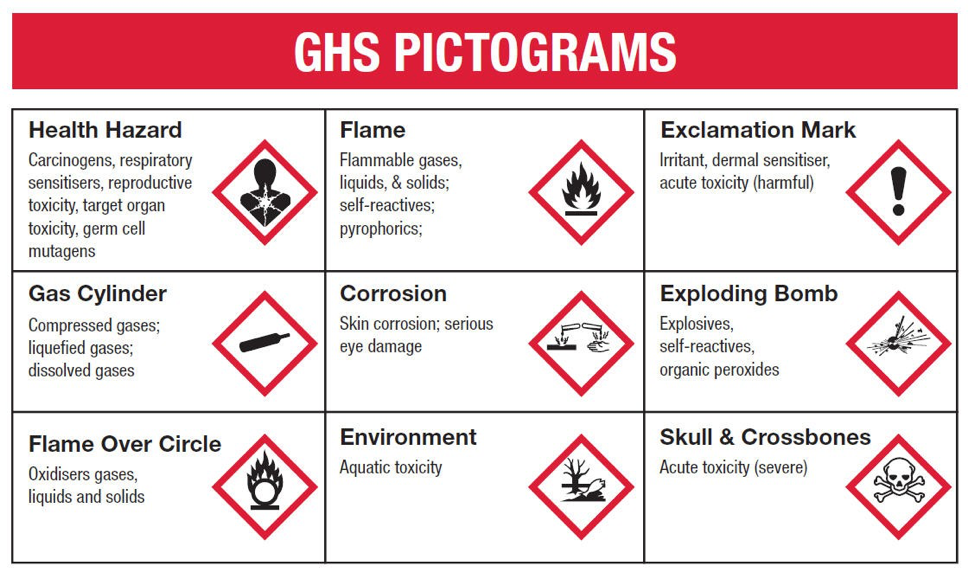Success in First-Year Chemistry
Our goal is for students to leave the program with a strong set of study skills on which they can build exemplary metacognitive skills and excellent understanding of chemical concepts. We hope that study skills learned in our courses can be applied throughout our students' academic careers.
Please explore the links below for our suggestions, study skills, and literature on learning science.
- A general approach to studying for our courses
- Preparing for final examinations
- "Make It Stick"
- "Mindset"
Tutoring and Other Academic Support Resources
There are many free academic support resources on our campus, and sometimes the hardest part is determining which resource to use when and how to maximize the effects. The links below provide further information on each resource, and our suggestions for selecting resources and maximizing results are here.
- TA Office Hours (Commons Help Desk)
- 1-to-1 Tutoring
- PLUS sessions
- OMED Educational Services
- Academic Coaching
- Communication Center
Laboratory Notebooks and Post-Lab Reports
Students in the first-year chemistry laboratories use a laboratory notebook to record data, observations, designed experiments, and other notes. The laboratory notebook is the key empirical record upon which all work after the laboratory session is based. Keeping a detailed and descriptive lab notebook is critical for success both inside and outside of the laboratory space. Important practices for record keeping in lab notebooks
Through post-lab assignments, students analyze and synthesize their data and observations to connect them to conceptual models of chemistry. Post-lab assignments generally consist of a series of questions that help scaffold the typical sections of a technical report. All post-lab reports include two sections at minimum: Data and Results and Discussion. In Chemical Principles I and II (CHEM 1211K and 1212K), additional sections are included as the semester progresses and post-lab assignments build to greater complexity. After encountering a section in scaffolded form, students will encounter the section again in more open form in a later assignment. Guidelines for the various sections of post-lab reports
Laboratory Safety
Safety is of utmost importance in the first-year chemistry laboratories. Our policies and procedures emphasize safe practice through the minimization of intrinsic hazards in the design of experiments, recognition of risks as part of students’ pre-lab process, and clear and detailed descriptions of emergency procedures. The safety practice of our instructional team and the safety education of students are based on a framework developed by the American Chemical Society called RAMP:
- Recognize hazards
- Assess the risks of hazards
- Minimize the risks of hazards
- Prepare for emergencies
These safety policies represent universal rules that must be followed in our laboratory spaces at all times.
The GHS system is designed to ensure that the communication of safety hazards can easily be translated into different languages. The system includes a series of pictograms that depict important hazards in a laboratory setting. Meanings of the pictograms are listed in the table below.
